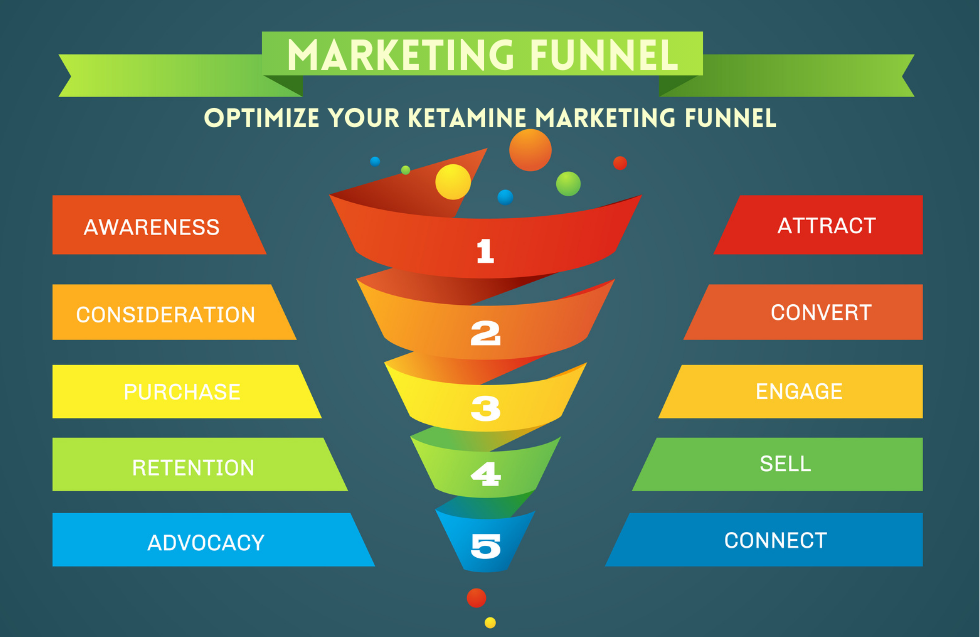In an increasingly interconnected and unpredictable world, businesses are re-evaluating time-tested strategies to adapt to the evolving landscape. One such strategy is the Just-In-Time (JIT) inventory system. Originally celebrated for its lean efficiency and cost-effectiveness, JIT is now undergoing a transformation in light of global supply chain challenges, unexpected demand spikes, and geopolitical instability. The question facing modern businesses is no longer whether to implement JIT, but rather how to evolve it into a model that balances agility with resilience.
Understanding Just-In-Time (JIT)
Just-In-Time is a supply chain and inventory management strategy aimed at minimizing waste and improving operational efficiency. Pioneered by Toyota in the 1970s, JIT focuses on receiving goods only as they are needed in the production process, thereby reducing inventory holding costs and increasing cash flow.
Core Benefits of Traditional JIT:
- Lower inventory costs
- Reduced waste
- Enhanced product quality
- Improved cash flow
- Leaner operations
While these benefits still hold true, recent global events have exposed the inherent vulnerabilities in the JIT model, forcing businesses to reconsider its application.
The Pressures on JIT in a Global Market
1. Global Disruptions and Pandemics
The COVID-19 pandemic served as a stark wake-up call. Lockdowns, labor shortages, and port closures brought entire supply chains to a grinding halt. JIT-dependent companies were among the hardest hit, struggling to meet demand without the buffer of stored inventory.
2. Geopolitical Instability
Trade wars, Brexit, and the Russia-Ukraine conflict have all contributed to increased uncertainty. Companies sourcing raw materials or components from conflict-prone or politically unstable regions are facing higher risks.
3. Natural Disasters and Climate Change
Hurricanes, floods, and wildfires are more frequent and severe due to climate change. These events can delay transportation, destroy inventory, and sever logistics networks—disruptions that JIT systems are ill-equipped to handle.
4. Volatile Consumer Demand
Rapid shifts in consumer behavior—exacerbated by trends like e-commerce booms or viral product trends—can cause demand surges that JIT systems, operating on minimal inventory, struggle to fulfill in time.
The Future is Hybrid: Merging JIT with Just-In-Case (JIC)
As the global economy becomes more volatile, companies are increasingly adopting a hybrid model that integrates the agility of JIT with the resilience of Just-In-Case (JIC) strategies. This hybrid approach allows businesses to stay flexible while mitigating the risks of supply chain interruptions.
Features of a Hybrid JIT-JIC Model:
- Maintaining buffer stocks for critical components
- Establishing alternate supplier relationships
- Implementing advanced forecasting and planning tools
- Using technology for real-time visibility
This evolution doesn’t discard the core principles of JIT—it enhances them with risk mitigation capabilities.
Digital Transformation: The Key to JIT’s Evolution
Technology is the backbone of the future JIT model. Real-time data, automation, artificial intelligence (AI), and the Internet of Things (IoT) enable supply chain managers to predict, adapt, and respond to changes swiftly.
1. Real-Time Supply Chain Visibility
Digital tools allow companies to track shipments, inventory levels, and supplier performance in real time. This visibility helps in identifying potential bottlenecks and responding proactively.
Example: A leading electronics firm uses IoT sensors on cargo shipments to monitor environmental conditions, ensuring components arrive in optimal condition.
2. Predictive Analytics and Forecasting
AI-powered forecasting tools analyze market trends, weather data, and historical sales to predict future demand more accurately. These insights enable better decision-making around procurement and production.
3. Blockchain for Transparency and Trust
Blockchain technology offers traceability and authenticity in supply chains. Smart contracts can automate transactions, reducing lead times and minimizing human error.
4. Automation and Robotics
Automated warehouses, robotic picking systems, and drones are streamlining logistics, reducing human error, and enhancing speed—key elements in maintaining a JIT system even in uncertain conditions.
Supplier Diversification and Localization
A crucial aspect of future-ready JIT is minimizing dependency on single-source or offshore suppliers. This involves:
- Multi-sourcing: Establishing relationships with multiple suppliers for the same component.
- Nearshoring: Relocating production closer to key markets.
- Reshoring: Bringing manufacturing back to the company’s home country.
These strategies reduce lead times, enhance supply security, and can even reduce carbon footprints—a growing concern for sustainability-conscious consumers and investors.
Strategic Stockpiling for Critical Components
Companies are now identifying and stockpiling mission-critical items that are prone to shortages or have long lead times. This doesn’t mean abandoning JIT, but rather applying JIC principles selectively.
Example: During the global semiconductor shortage, Toyota’s decision to stockpile chips allowed it to outperform competitors in vehicle deliveries.
Redefining Lean: From Cost Efficiency to Risk Intelligence
In the new JIT model, being “lean” is not just about cost-cutting. It’s about having the intelligence and flexibility to adapt to disruptions without significant losses. This shift is giving rise to concepts like:
- Agile supply chains that can reroute or reallocate resources quickly
- Scenario planning to prepare for various types of disruptions
- Collaborative ecosystems that involve sharing data with suppliers and partners
Industry-Specific Adaptations
Automotive Sector
The automotive industry was an early adopter of JIT, but chip shortages and EV demand surges have forced a pivot. Companies are now investing in local manufacturing and forging direct relationships with chipmakers.
Retail and E-commerce
Rapid delivery expectations in e-commerce have redefined JIT. Retailers use data analytics and regional warehouses to predict demand and pre-position inventory.
Healthcare and Pharma
Stockouts in personal protective equipment (PPE) and critical drugs during COVID-19 led healthcare providers to revise JIT models. Many now maintain emergency reserves and engage in local sourcing.
Sustainability and Resilience: A Winning Combo
Sustainability is no longer optional. Investors, regulators, and consumers are holding businesses accountable for their environmental impact. A resilient JIT system contributes to sustainability by:
- Reducing waste through precise forecasting
- Cutting emissions with efficient logistics
- Enabling circular economy practices like recycling and remanufacturing
Key Strategies:
- Use electric vehicles and green warehousing
- Implement reverse logistics for returned goods
- Design for recyclability
Future Trends to Watch
- AI-Driven Resilience Models: More companies will adopt AI for supply chain risk assessment and mitigation.
- Decentralized Manufacturing: 3D printing and local micro-factories could bring production closer to end consumers.
- Platform Ecosystems: Integrated platforms will allow for seamless data sharing between manufacturers, logistics providers, and retailers.
- Resilience KPIs: New performance metrics focusing on resilience (time to recover, supplier risk index) will become standard alongside cost and efficiency.
Conclusion: Embracing the New Normal
The future of Just-In-Time lies in adaptability, technology integration, and strategic flexibility. Businesses must balance cost-efficiency with preparedness, agility with resilience, and globalization with localization. Those who adopt this new mindset will not only survive but thrive in the evolving global marketplace.
In essence, the next generation of JIT is not about doing more with less—it’s about doing better with smarter.













